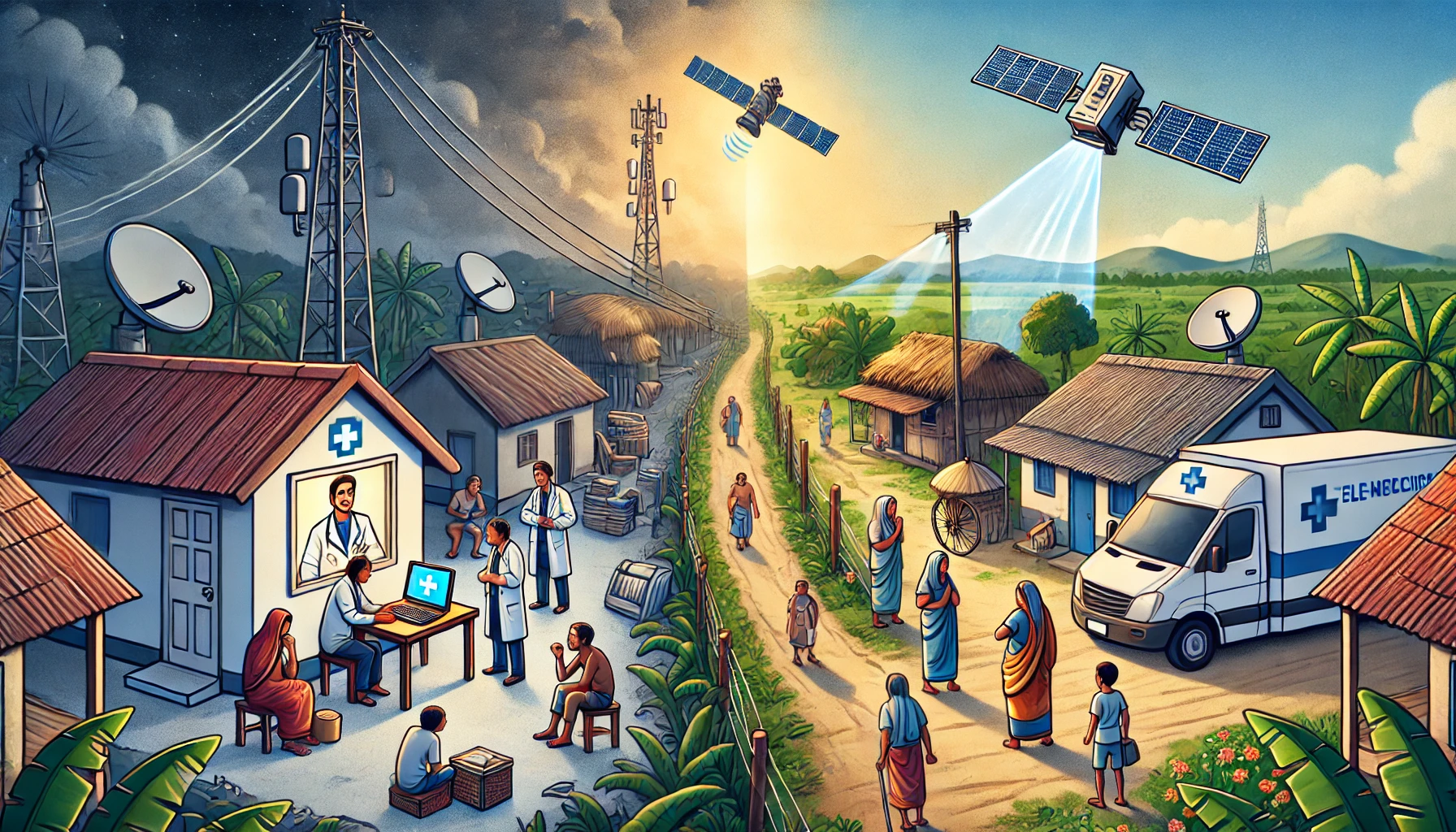Breaking the Barriers: How Telemedicine is Bridging the Gap in Rural and Underserved Areas

Introduction: The Healthcare Desert Problem
Imagine living in a place where the closest doctor is not just a mile away, but 50 miles away—and that’s if the weather is cooperating. For many people in rural and underserved areas, getting medical care can feel like planning a major road trip. Cue the arrival of telemedicine. It sounds like a solution straight out of a sci-fi movie—except it’s real. Telemedicine promises to bring healthcare right into people’s homes. But there’s one little hiccup: it’s not that simple when you’re living in a Wi-Fi dead zone. Let’s dive into the challenges and some innovative solutions that are turning this sci-fi dream into a reality.
The Telemedicine Promise: A Doctor in Your Pocket
Telemedicine is essentially healthcare that travels over the internet. Whether it's through video calls, mobile apps, or digital consultations, it makes seeing a doctor possible without leaving your couch. But in rural areas, where reliable broadband is as rare as a unicorn, the promise of telemedicine hits a roadblock. Imagine trying to video chat with your doctor and all you get is a blurry image of their nose or worse—disconnected mid-consultation while they’re explaining something important. Not a good look for telehealth, right?
The Great Infrastructure Divide: No Wi-Fi, No Care
One of the biggest barriers to telemedicine adoption is the digital divide. In rural America, 24% of people lack access to reliable high-speed internet. That’s a huge chunk of the population stuck with dial-up speeds or worse. For these communities, telemedicine isn’t just a technology issue; it’s a lifeline they can’t reach. Without the infrastructure in place, it's like trying to drive a car without wheels—sure, you have the engine, but you’re not going anywhere fast.
Solution 1: The Power of Satellite-Based Internet
Enter satellite-based internet. Elon Musk might be focused on sending us to Mars, but his Starlink satellites are working to bring high-speed internet to even the most remote corners of Earth. With satellite internet, telemedicine can bypass the traditional broadband infrastructure entirely. Patients in the middle of nowhere can suddenly connect with specialists miles away without having to take a day off work to drive into town. Sure, there’s still the issue of bad weather messing with signals, but hey, it’s a step in the right direction.
Solution 2: Mobile Health Clinics On the Move
When the mountain won't come to the doctor, the doctor comes to the mountain—or rather, a health clinic on wheels does. Mobile health clinics are another clever solution for underserved areas. These clinics travel to patients and provide on-the-spot care, using telemedicine tools when possible. Think of it as a healthcare food truck. They bring medical care to people in areas where hospitals are sparse, and doctors' offices might as well be mythical places. Combined with telemedicine, these clinics can offer follow-ups, remote monitoring, and specialized care.
Training and Tech Literacy: A Hidden Hurdle
Another overlooked hurdle in the adoption of telemedicine is tech literacy. You’d be surprised how many people struggle with video calls. And when you add the complexity of scheduling online appointments or figuring out health apps, it can feel like a full-time job for patients and healthcare providers alike. Many older adults, who make up a significant portion of the rural population, find these systems confusing. Telemedicine can't thrive if people can't figure out how to use it. So, part of the solution has to involve tech training for patients and healthcare workers.
Is Telemedicine the Future for Rural Healthcare?
Despite the hurdles, telemedicine has the potential to revolutionize healthcare in rural and underserved areas. But it will take more than just fancy technology. Infrastructure needs investment, mobile clinics need expansion, and patients need support to get comfortable with the tools. Telemedicine isn’t just a healthcare upgrade; it’s a healthcare necessity. The real question is, how fast can we close the digital divide before the healthcare gap widens even further?
Conclusion: Ready for a Doctor on Demand?
Telemedicine is already transforming healthcare for many people, but the real test will be in how effectively it reaches those in the most remote and underserved areas. With satellite internet and mobile health clinics leading the charge, we’re getting closer to a future where no one is too far away for quality medical care. But here’s a question for you: Would you trust your healthcare to a video call? Or do you think telemedicine still has a long way to go before it’s ready for the mainstream?



